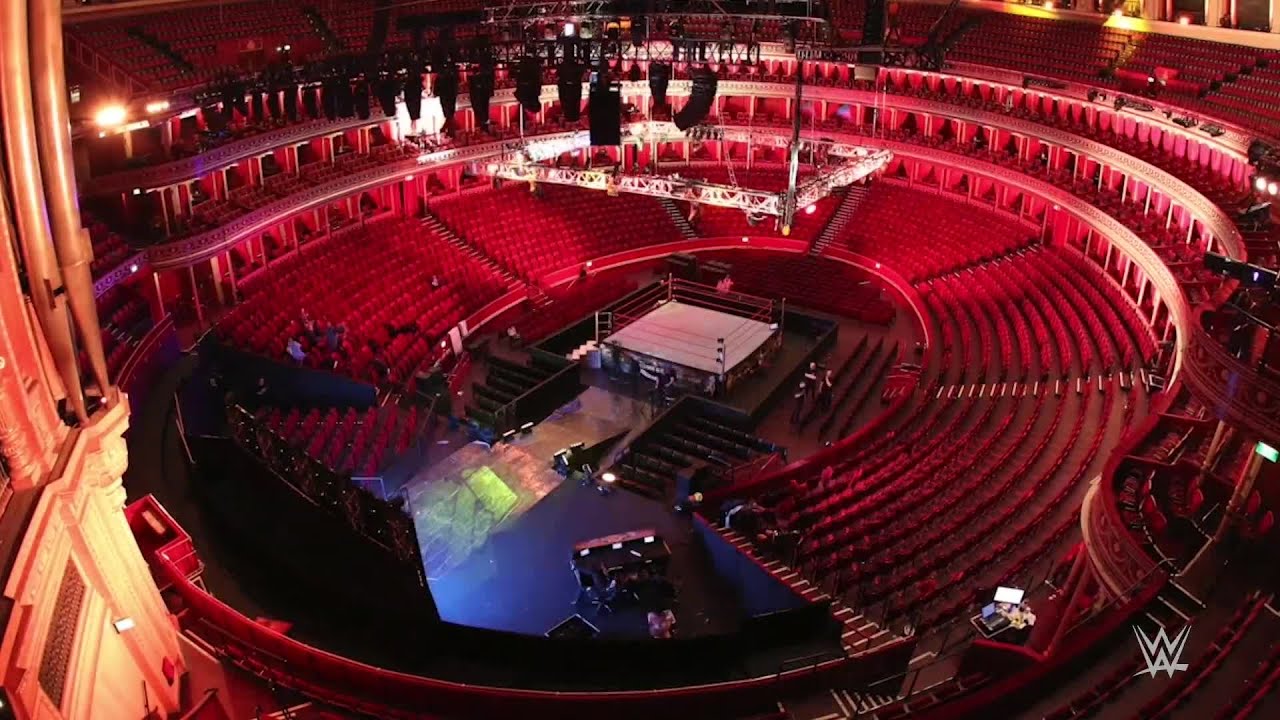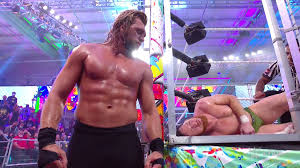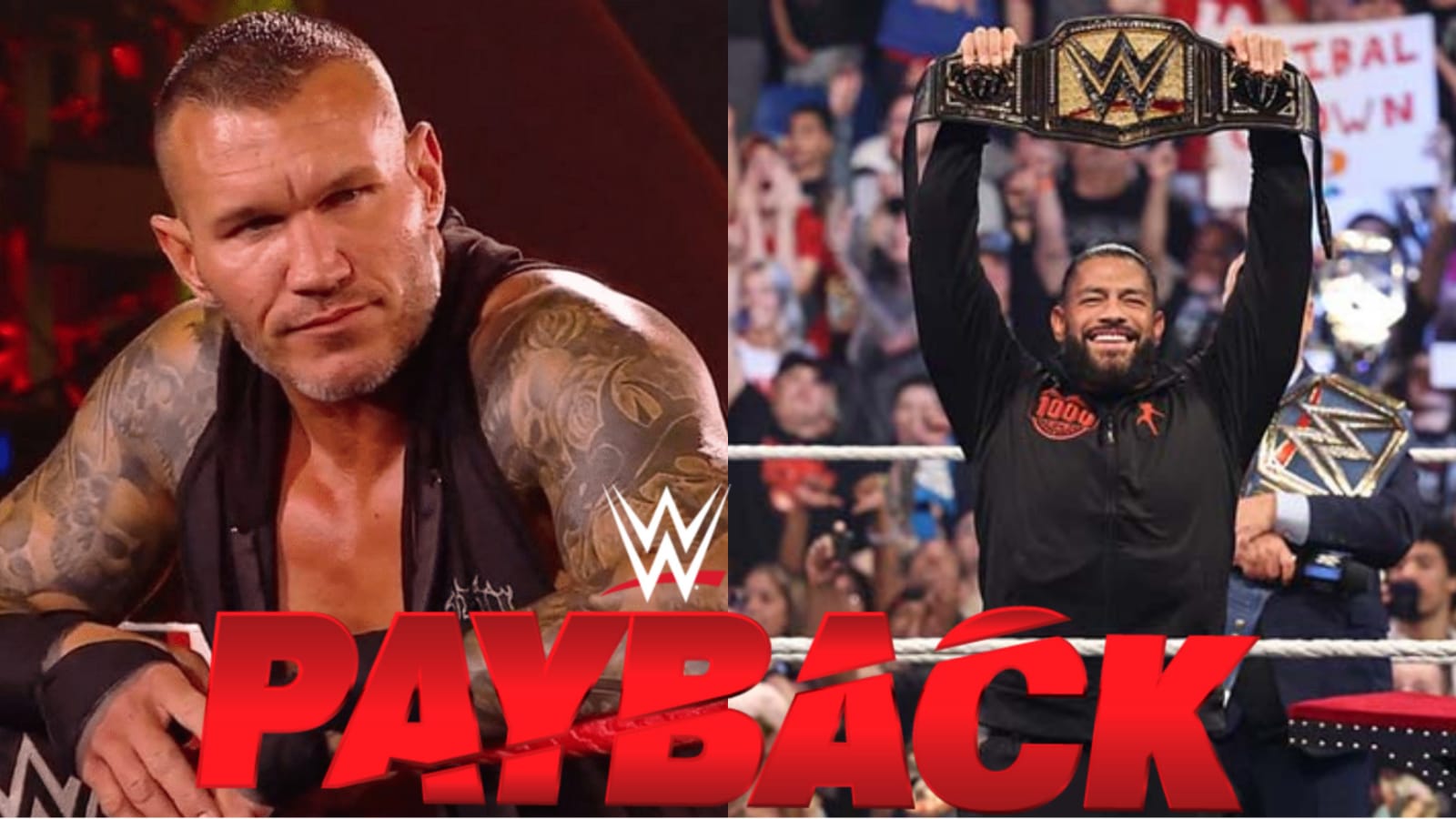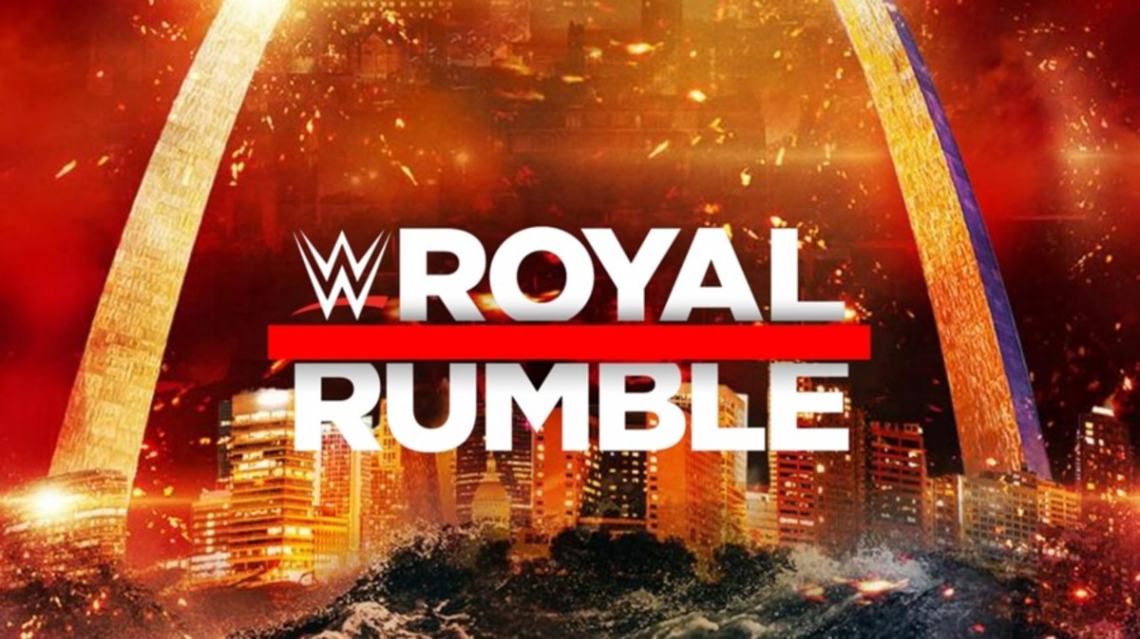Setting The Stage: Inside WWE’s Iconic Arena Designs
World Wrestling Entertainment (WWE) is famous for its extravagant and memorable arena designs that add to the spectacle of professional wrestling. Beyond backdrops, these designs are part of the storytelling, ambiance, and experience that WWE events exude. Because of these, through the years, WWE has constantly revised and upgraded its arena setup to unforgettable visual spectacles that leave an indelible mark on all its fans. The publication gives a view of how WWE’s arena designs have evolved in years and covers milestones, iconic setups, and designs that have been factors in the overall presentation of WWE programming.
The Early Days: Simplicity and Function
In the early years of the promotion, then called the World Wide Wrestling Federation (WWWF), the arena designs were straightforward. Most of the emphasis was on a wrestling ring with only basic seating arrangements around it, and most of the venues used were local gymnasiums, armories, and small arenas. Very little complexity existed in these setups, and it reflected both the modest production values of the time and also the regional nature in which the promotion was operating.
The Classic Blue Canvas
More identifying with the era than anything was the blue canvas of the wrestling ring. It represented to a hilt the greatness of WF events with a look, in and of itself, that marked the setting for many epic battles. It was so plain that it kept the fans’ minds really focused on the in-ring activity and, likewise, prepared everybody for the more intricate designs yet to be introduced.
Madison Square Garden
What crafted a lot of WWE history happened within the premises of Madison Square Garden located in New York City. It is commonly referred to as the “Mecca of Professional Wrestling.” The garden itself had undergone numerous main hosting events before, during, and after the occurrence of WrestleMania I. The area’s design was quite simple, but it cannot be denied that the reputation and buzz of the New York crowd solidified the place’s legend in WWE history.
1980s: The Birth of WrestleMania and Themed Arenas
The 1980s were a hot-inclined feature for WWE after the innovation of WrestleMania – what would become the annual linchpin for the company’s junket calendar. WrestleMania coined the concept of themed arenas; these WWE events moved to the highest notch of a spectacular showcase.
WrestleMania I
WrestleMania I silk-screened an event that let down styles for the coming years. What would indeed follow is large video screens, over-the-top lighting, and scores of celebrity guests—all very festive. This was the beginning of WWE putting big budgets into creating spectacular settings for its big shows.
Themed Entrance Grips and Ramps
It was during the late 1980s when the WWE began to play with themed entrance ramps and sets. The uniqueness of WrestleMania III, at the Pontiac Silverdome in 1987, used a motorized ring cart to bring wrestlers to the ring; this proved in its images to be truly unique. These invites further added to the big-event feel of WWE and produced visual images that are still in fan memory banks today.
The 1990’s: Theoretical Approach Era and Innovative Designs
WWE ventured into its Attitude Era in the 1990s, which sported a more gritty style in content and a more ultra-violent style of presenting. Arena designs became more modern as they applied higher technology and set pieces—expensive ones that recaptured the feel professed at the time, which was intense and defiant.
Monday Night Raw
The initial show back in 1993 redesigned the WWE business plan for their weekly events, or perhaps it could be said that this had something to do with how the innovative setup attached to the covered chassis, rigged with a giant video screen, steel truss structure, and colorfully flashing lighting used to make the entrance— the very blueprint attached to it, and an inspirational example, is one future episode of Raw to be produced, where it can really put across its very energetic and unpredictable nature.
An Incan Julhicuchi
The pay-per-view started its run in 1995 and created new arena designs for each event. This can clearly be showcased in the fact that for In Your House 2: The Lumberjacks, the entrance set was designed around a log cabin, while for Triple Header, it was more industrial—in fact, this brought in diversity and more excitement in WWE’s pay-per-view offerings.
WrestleMania X-Seven
WrestleMania X-Seven would be at the Houston Astrodome in 2001, and it is conventionally said to be one of the greatest WrestleMania to occur. The design of this place should have been tremendous: even by its scenic characteristics, there should have been an enormous entrance stage equipped with a giant video screen, pyrotechnics, and a runway-type ramp. The massive setup added greatly to the grandness of the event, changing the future of WrestleMania productions forever.
The 2000s: The Era of technological boom and Global Expansion.
Independent arena designs that were ushered in the 2000s came with a host of technological improvements for the WWE: High-definition video screens, LED with better lighting performance, and improved pyrotechnics that enabled WWE to exercise more realism and visual effects inside their environments.
Smack
Throughout SmackDown’s launch in 1999, it featured an oval-like unique eyeball-shaped video screen with an entrance stage design that looked very smooth and was a kinda of next-generation feature. This set of everything regrettably went up in history and differentiated Smackdown from Raw; it certainly gave it that identity. In the course of the years, SmackDown sets would change over the years, more giant video screens and, of course, more complex lighting designs.
Elimination Chamber
The Elimination Chamber match, founded in 2002, established a whole new level of innovation in arena designs. It was an engineering marvel, with its massive steel structure entrapping the ring and featuring four pods. The Elimination Chamber design added a new dimension to WWE matches, portraying brutality and high stakes.
WrestleMania XXIV
WrestleMania XXIV was the show set up in open-air settings—used at Citrus Bowl in Orlando, Florida. The entrance stage predominantly featured a massive LED with palm trees and a Miami Vice-inspired color scheme to demarcate Florida. The outdoor venue added to the show’s atmosphere; fireworks and pyrotechnics lit up the night sky.
The visual imbalance in the era of spectacle and globalization: The 2010s In the 2010s, WWE has pushed the limits of the arena design further by making some of the most elaborate and memorable set-ups in the company’s history. What also marked the decade was WWE’s emergence into international markets and implementing the most current technology.
WrestleMania 29
The design of the whole thing had the mockup of the Brooklyn Bridge and Statue of Liberty, amongst other iconic locations. It set up excellent aesthetics in the background of the event to appreciate the city just across the river.
SummerSlam
And WWE’s biggest summer extravaganza has to do a fresh set design, always released every year, months before the said event of Summer Slam. With this conclusion, every time since 2015, when SummerSlam made a series of returns to the Barclays Center in Brooklyn—one of New York City’s five boroughs—its entrance stage, or whatever one desires to call it, is a stylishly updated structure lined with towering LED screens projecting the latest graphics and bursting colors with so much excitement. In other words, the arena design emulated the hype and excitement of the marquee event this summer.
Saudi Arabia Activities
WWE’s advance on international markets continued to stress high-profile events in Saudi Arabia, including Crown Jewel and Super ShowDown, where spectacular ideas were introduced, such as elaborately designed entrance stages and running pyro-sets containing nods towards the culture there. The arena set-ups for these events show specifically how much hard work goes into creating these events worldwide that WWE has been able to give fans in far-flung corners of the earth.
The Modern Times: Evolution and Adaptation
WWE has kept on making advances in reshaping and refurbishing the arena designs in the last couple of years to withstand the transformations of its audience as well as the demands of the modern day. Most expediently, the pandemic placed the need on WWE to identify other avenues through which events could be hosted.
The ThunderDome
Coming just about on cue with the COVID-19 pandemic, the WWE introduced the Thunderdome in August 2020. ThunderDome was a new-age, innovative way that virtually involved fans. LED screens surrounded the ring with thousands of fans in the isolation of separate rooms, providing a very atmospheric interactive scope. The setup enveloped the advanced lighting and pyrotechnics, along with augmentation elements, to facilitate an all-encompassing enhancement of presentation from the Thunderdome.
WrestleMania 37
WrestleMania 37 is WWE’s first show back with an audience again since the pandemic. The game was hosted at Raymond James Stadium in Tampa Bay, Florida. It is set with a massive entrance stage built like a pirate ship. This was, of course, a reference to the surrounding World. Raymond James Stadium boasted brilliant lighting via pyrotechnics, LED screens, and a massive skull-and-crossbones centerpiece.
Next Level
For several events now, TakeOver has showcased the highest quality creativity and design in the set-up of arenas, such as featuring two rings surrounded by steel cages in NXT TakeOver: WarGames. Natural creativity and higher production values make this brand one of the bright spots for NXT fans.
Specificity in Place: Arena Designs That Made the Success of WWE
The evolution of the arena designs is one of the strong points that have led to WWE being at the helm. These designs enhance the fan experience, create momentums, and contribute to the storytelling ability and the spectacle of WWE events.
Making the Fan Experience Better
Visually fantastic designs for an arena are a WWE fan’s requirement to enjoy positivity while standing in real life or on screen. Technologies, pyrotechnics, and other features enhance the aura, which builds feelings of excitement or waiting that practically make the WWE events seem special and unbelievable. The fans catalog up the matches themselves and the whole aura, from their entrance to the area to the final bell.
Creating Unforgettable Moments
The scene sets off entrances into WrestleMania or the pageantry of a concept pay-per-view; the aesthetic components of WWE arena configurations become chiseled into ultimately joint shared recall. These are memories played so often, over and over again, that one can only sense that there’s reason to rejoice in a celebration initiated through their emancipation into shared recall. Contributing to Storytelling WWE set designs are a vital part of the storytelling thoroughfare. The sets theme, along with the entrances, fully flourish the story being told or the character’s personae presented by them. A good example is the entrance for The Undertaker, with the smoke and pyrotechnician, which sets the aura of him being a mystery and otherworldliness.
Adapting to Modern Challenges
It is difficult to find something not to respect regarding WWE and their ability to adapt arena designs in the face of modern challenges, really, that of the upsetting COVID-19 pandemic. The coming of the Thunderdome allowed WWE to continue with its high levels of content creation while the need for live audiences around the ring was dispensed. This adaptation has proven invaluable to keep fan engagement still live and thus keep WWE programming successful.
Conclusion
The designs of the arenas for WWE have come a long way, right from the easy and straightforward setup during the early days to the elaborate and technologically improved ones witnessed today. If we are to describe the complete presentation of the WWE show, include richened fanness experience, most special moments attached via storytelling, and a frame around the license of a hand to depict the element of the spectacle associated with professional wrestling. The innovation and adaptability that have characterized WWE continue, with arena design no less dynamic and exciting than its storied past.



















